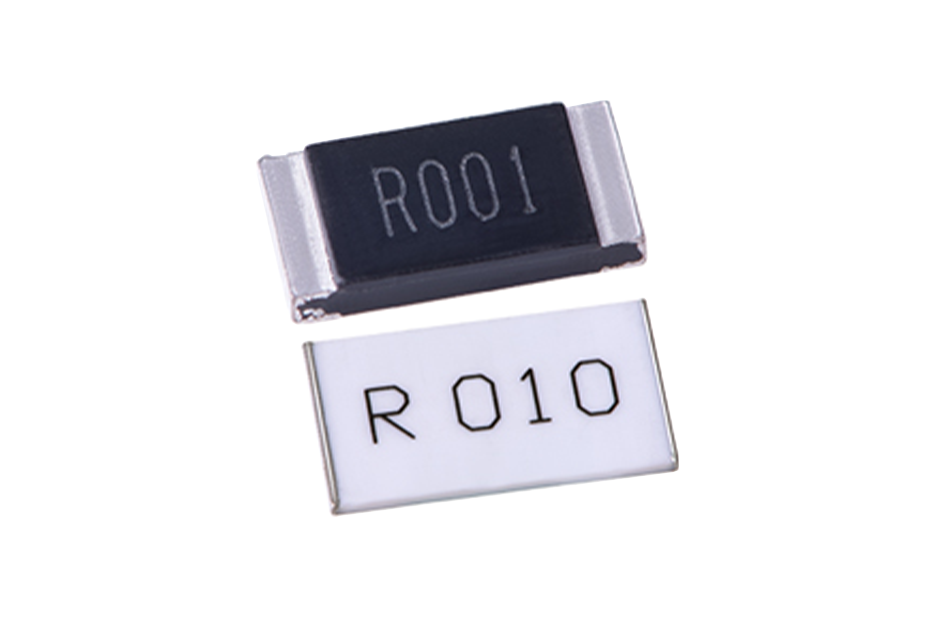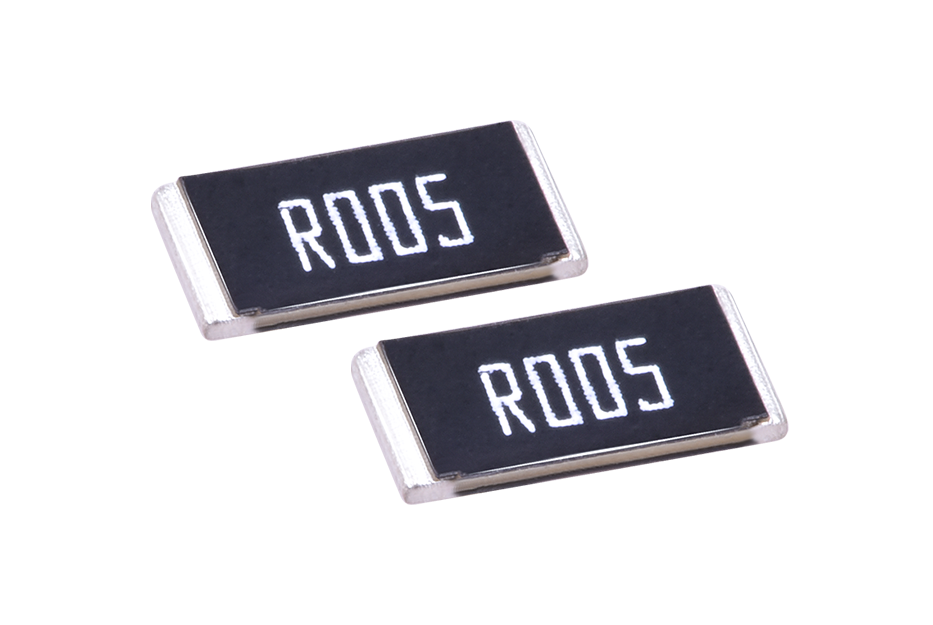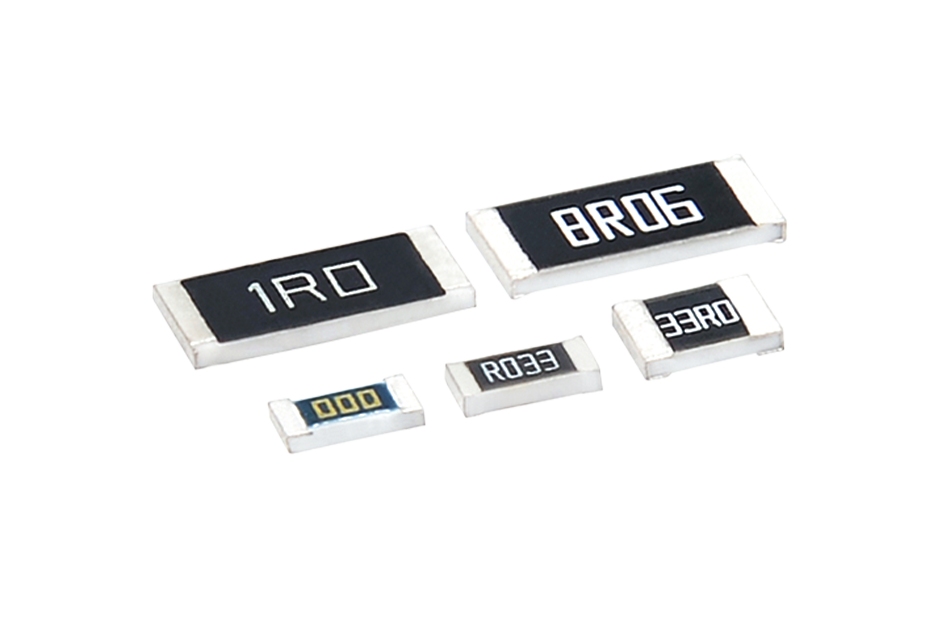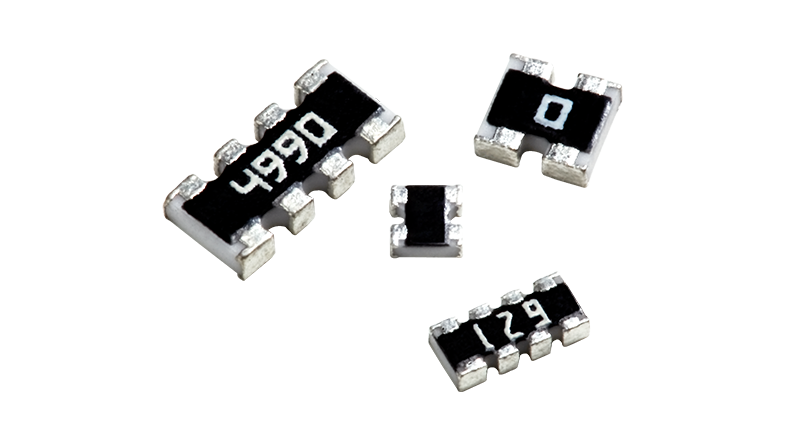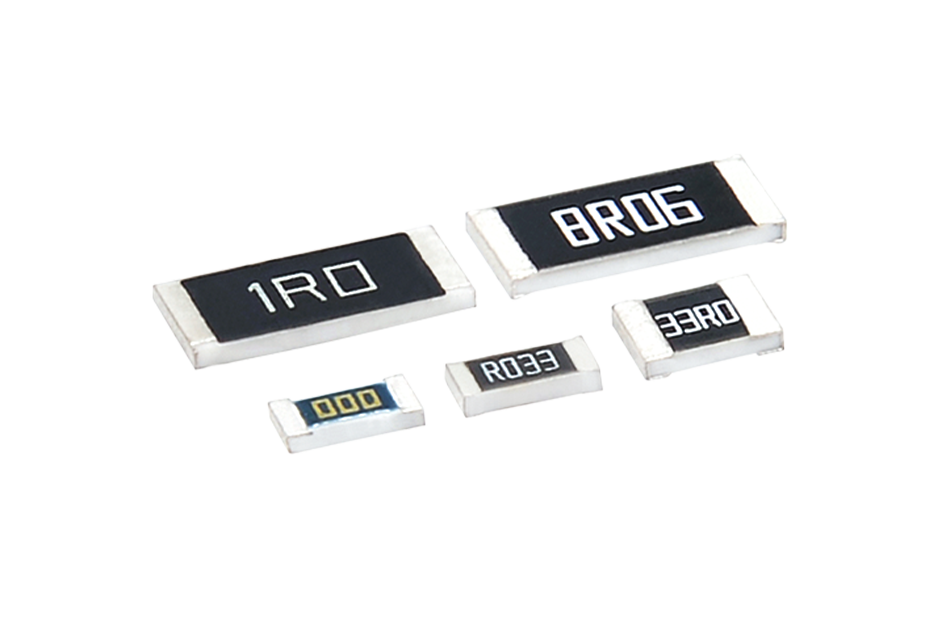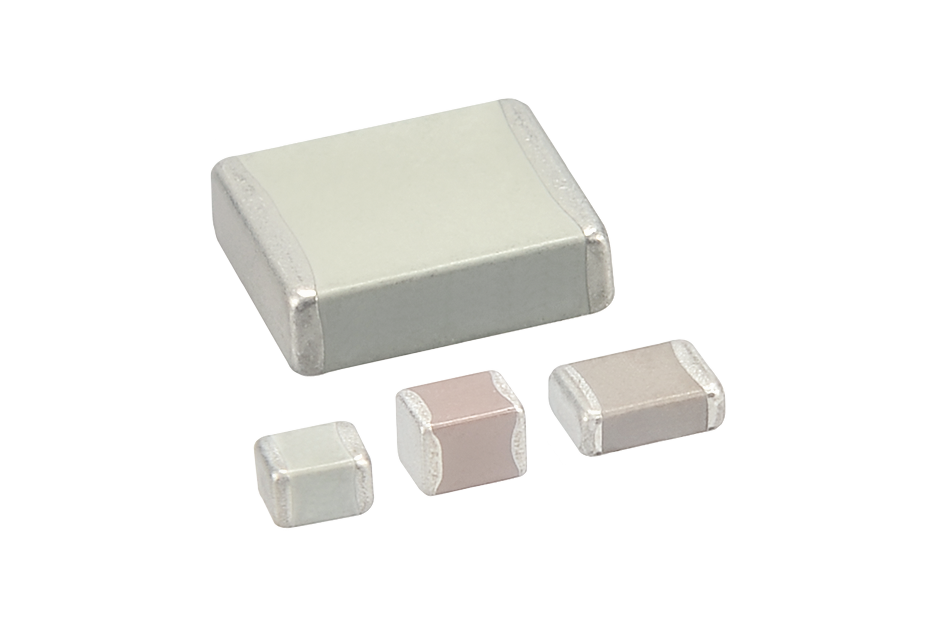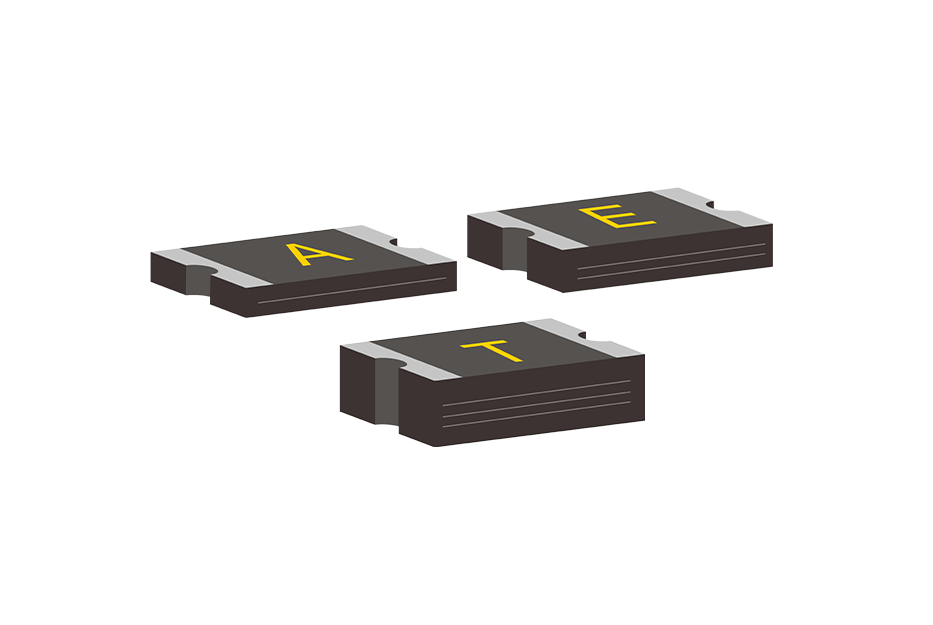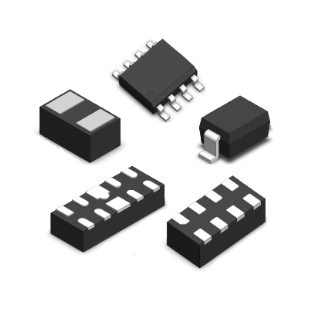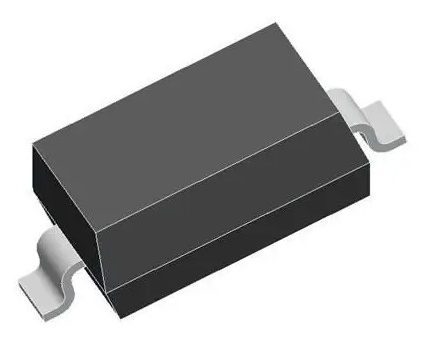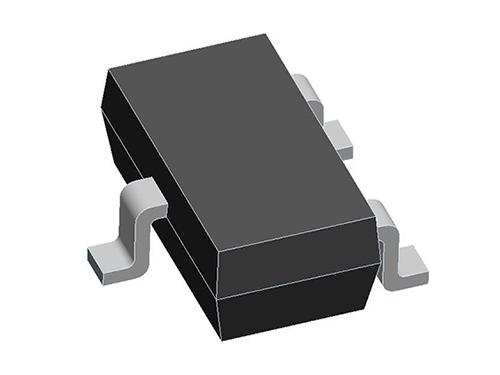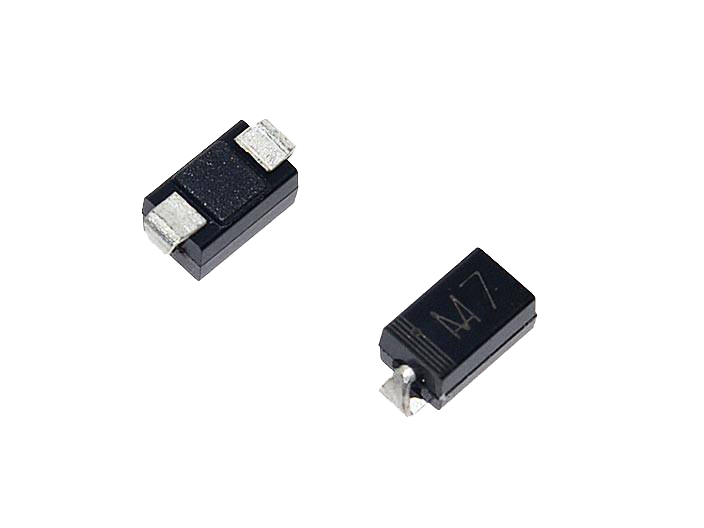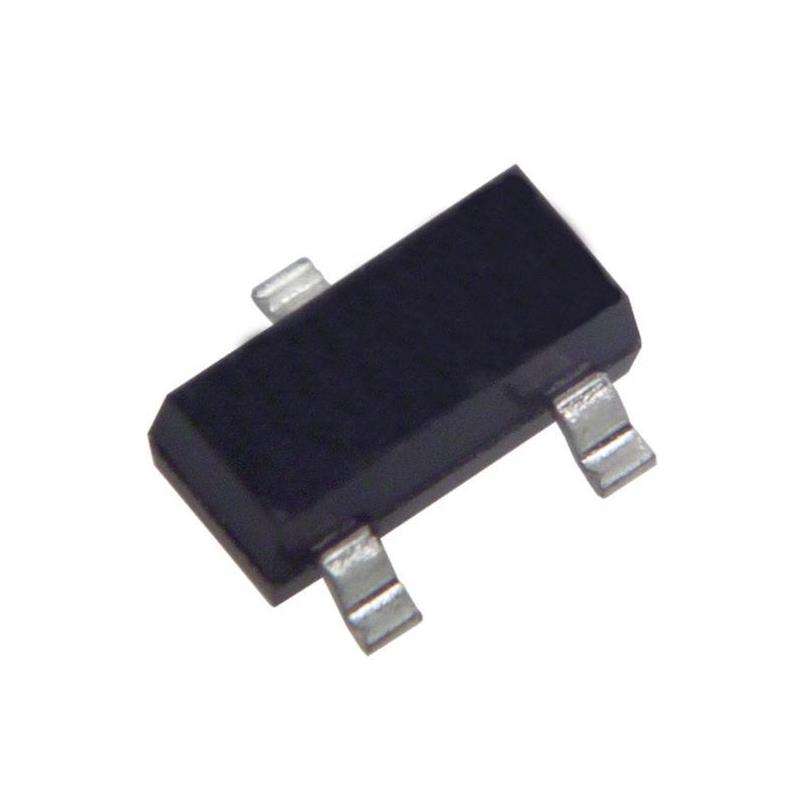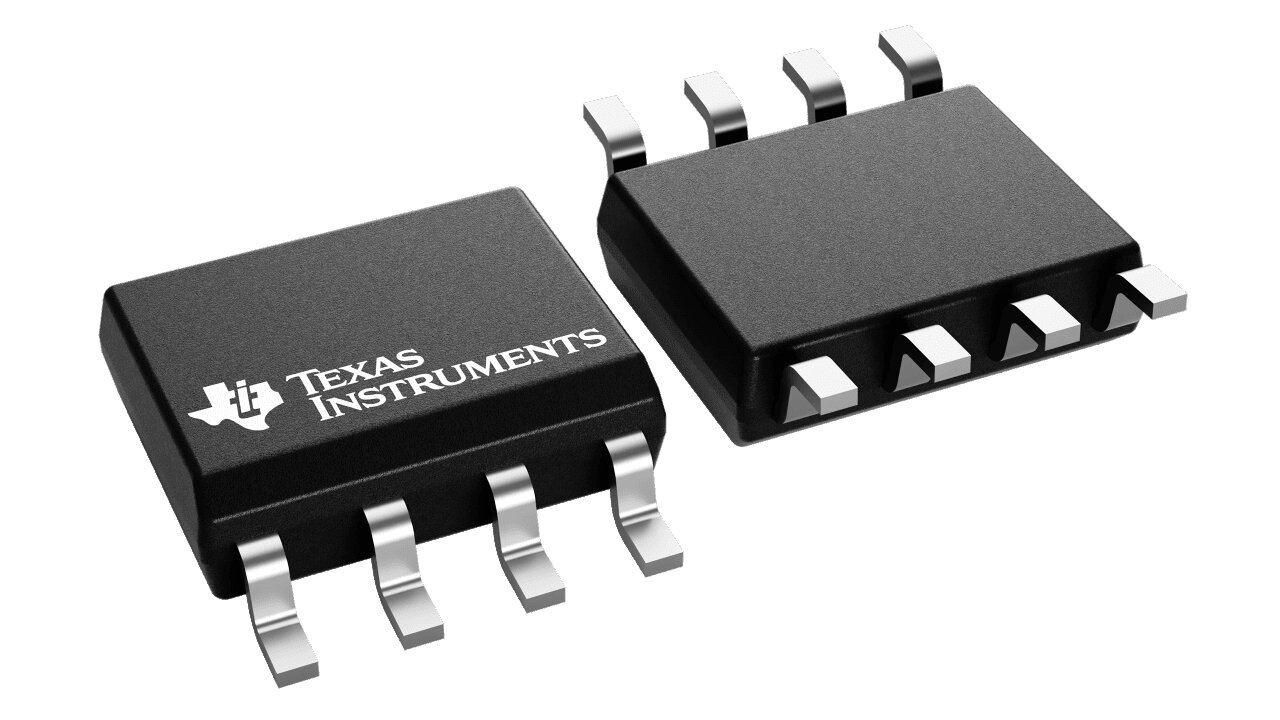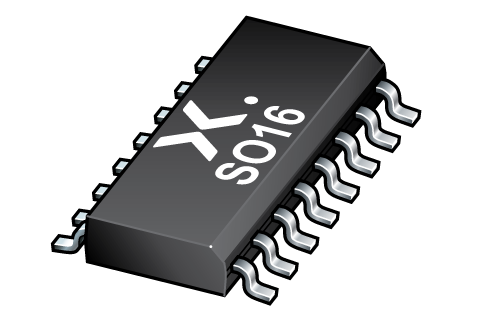Words such as BAS and BEMS are often used in the management of smart buildings. These two terms are indispensable technical terms in building management, and their meanings and relationships are explained here.
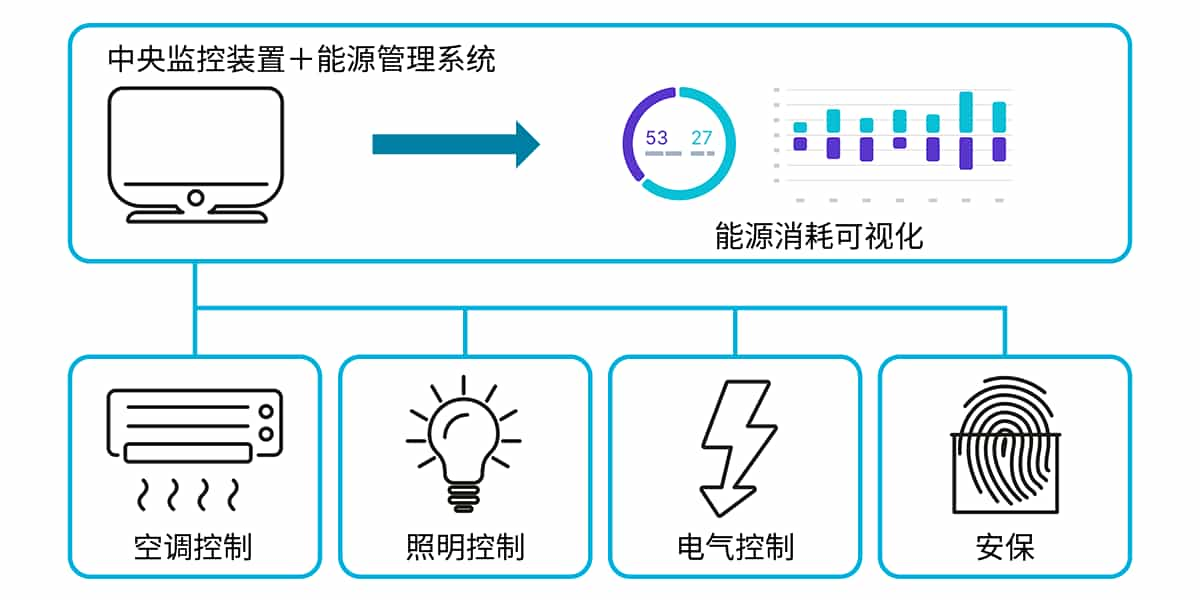
What is a BAS
"BAS" is an acronym for Building Automation System, which stands for "a system that enables the automation and unified management of multiple equipment in a building." BAS is a system that monitors the operation and energy consumption of all equipment, including air conditioning, lighting and security, through a central monitoring device.
What is BEMS
"BEMS" is an acronym for Building Energy Management System. BEMS is a "system for visualizing and managing energy consumption, such as gas and electricity," based on data obtained from sensors located on floors, rooms and installations.
Similar to BAS, BEMS is a further development on the basis of BAS and can be said to be a system specifically designed to achieve the visualization of all equipment operation and energy consumption. In addition, the BEMS can not only realize the visualization of energy consumption, but also the unified and effective control of energy supply by analyzing the data obtained by the sensor to achieve energy savings and improve comfort.
The relationship between BAS and BEMS
To save energy effectively, it is necessary to understand current energy use. Using the BAS's sensors and network, data showing energy usage can be collected. BEMS visualizes the collected data in the form of charts and tables. This can reveal the excessive use of energy. In other words, BEMS is a system that further enhances the energy management function of BAS.
Smart buildings are designed to achieve energy savings, residential comfort and reduce the burden of building management practitioners, for which the introduction of BEMS based on BAS is an indispensable measure.
What can building management do for us
Smart buildings are enabled by cutting-edge building management technologies based on iot technology. Smart buildings can bring many benefits, such as energy savings, increased per capita facility management area, enhanced security and so on. At the same time, in the face of the epidemic and international raw material problems, solid building management can also be achieved. These benefits bring stable business to the building management industry and leave "plenty of room" for higher-order operations, which can be said to be a viable technology.

